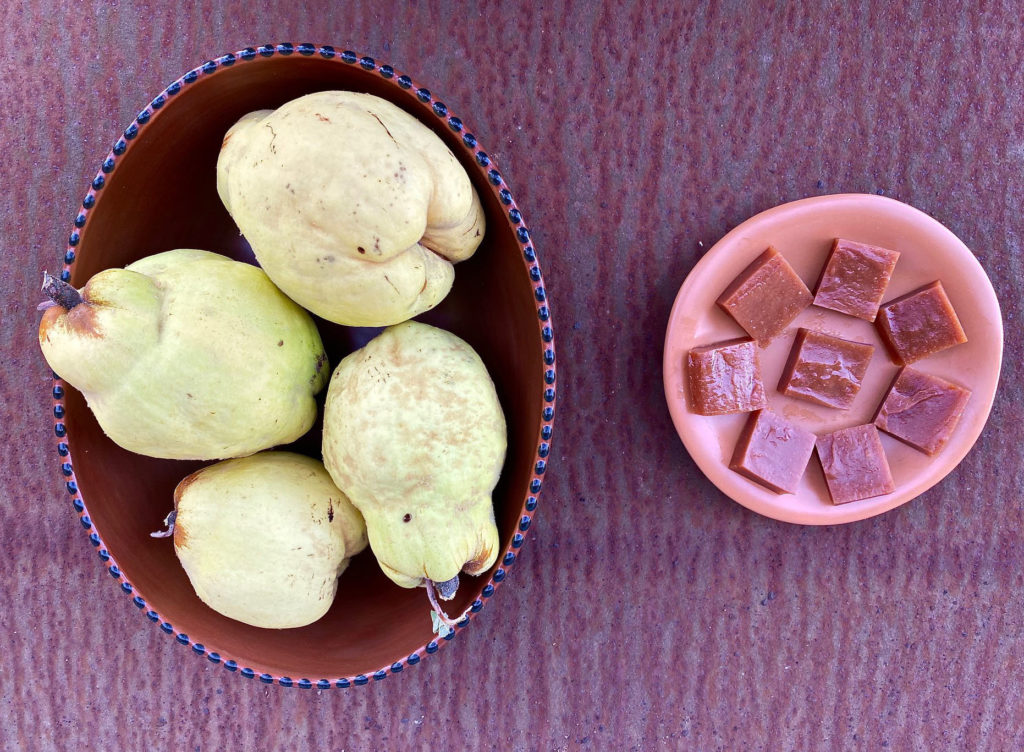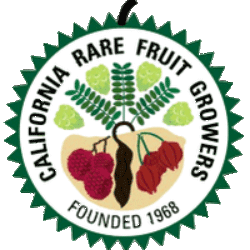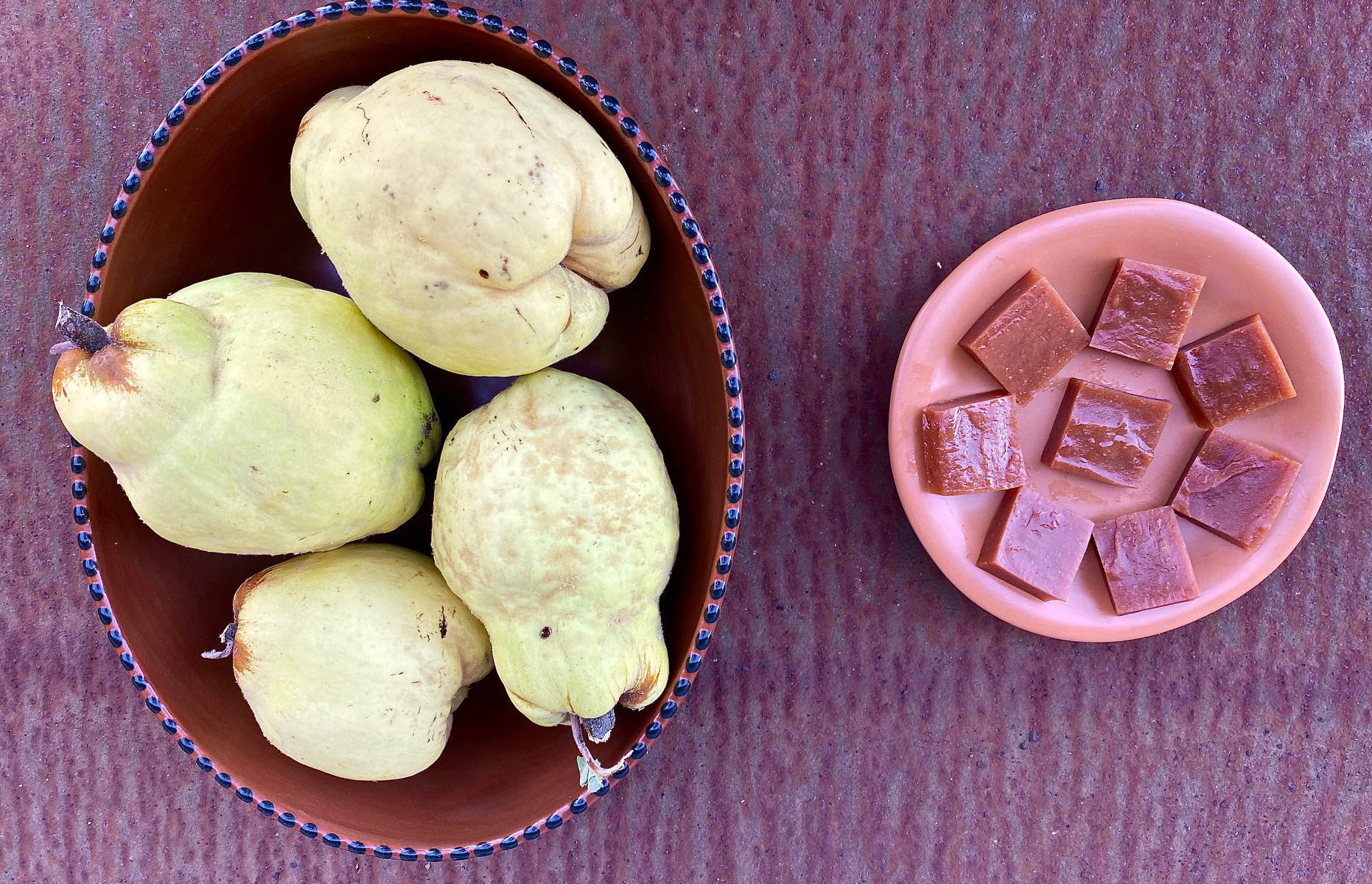The quince is a pome fruit in the Rosaceae family, which includes pears and apples. It is a rock hard, homely, lumpy fruit. If you manage to hack off a slice, you will find it to be tough, tannic and sour. It has been suggested that the quince was the golden fruit, beloved of Aphrodite, that started the Trojan war. Because it thrived in the heat of the plains of Mesopotamia, it might also have been the fruit on the Tree of Knowledge.
The origin of the quince is thought to be somewhere in the Caucasus, Northern Persia or the formerly Fertile Crescent, so it is a more likely candidate to have starred in those ancient stories than the apple we know today. Hard to imagine, though, that it was considered a tempting fruit.
Recently, I labored over peeling and hacking up six pounds of rock hard quince in order to make membrillo. I cooked the chunks with some fresh pressed apple juice for two hours which required helicopter mother vigilance and frequent stirring to prevent scorching. I then spread out the rosy jam-like result, which smelled heavenly, and put it in the fruit dryer.
Even after making the membrillo, I’m amazed that you can go from the tannic fruit to a delicious delicacy through the chemistry of cooking. Who were the unsung cooks who figured out that you could transform the quince into an ambrosial outcome by stirring it over heat for hours?



